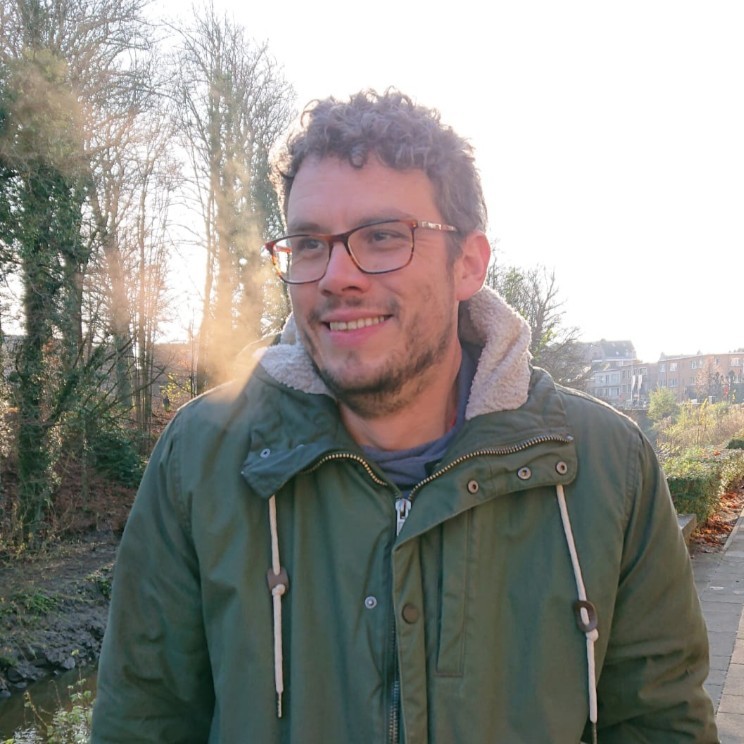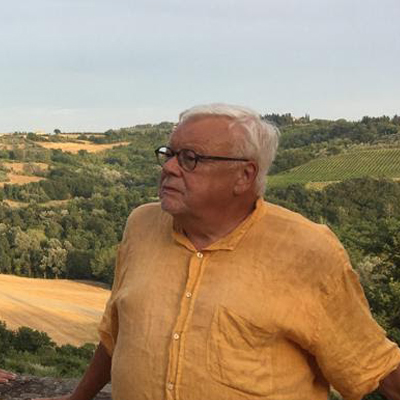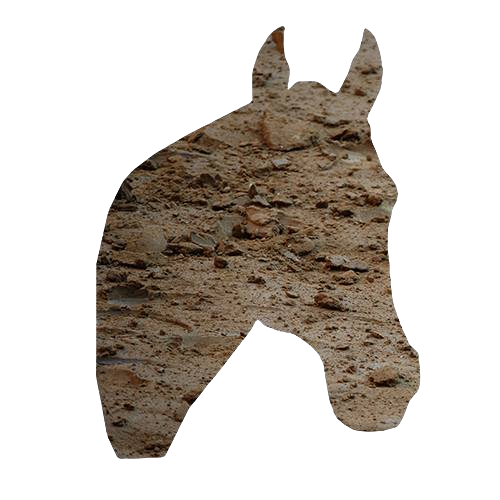www.thepalio.eu - dal Belgio con amore
About us
On 10 July 2002, www.palio.be was registered. This made the site a pioneer in terms of palio websites. Ilpalio.org, a very famous website, came later; like many others. Only the lost forum ilpaliodisiena.com existed at that time.
What initially started as a website with a bit of information and especially photos has now grown into a site with more than 900 pages and 1000 messages; fully focused on the Dutch-speaking market.
In August 2019, www.thepalio.eu was also purchased. Due to the corona pandemic and the cancellation of the 2020 and 2021 Palios, we have been offering basic information in English since the July 2022 palio.
Since we have gradually became a point of contact, especially for the Dutch-speaking market, we also want to make room for questions here. You can always reach us through our facebook page. We try to answer you as soon as possible.
Our team

JAN-CHRISTIAAN GILLIAMS
FOUNDER AND DESIGNER
1987, 4 days after my 7th birthday, my father took me to the Piazza del Campo for the Palio. An irresponsible decision that I would never make as a young father; it shouldn’t even be allowed anymore as nowadays you have to be 12 to enter the Piazza.
Still, 36 years later, we have to say it was the best decision ever.
Legend has it that we were happy to see the horses. However, we were treated to a cloud of dust and an unlikely crash the likes of which you (fortunately) haven’t seen for years.
The proof is there, because we are immortalized on a poster and postcard that you can still find in the better store in Siena … and on the wall in the hallway next to my children’s room.
We kept going back every year, through father we got to know a lot of people including Silvano Vigni detto Bastiano. We are ‘family at home’ on his farm. Always welcome, also with the children.
Since 1990, friend Alexander Vets has also been coming along. He, too, has been gripped by the Palio bug and has been on post more often than not since then.
In 1997, however, I had had enough, adolescent youth who know better. “It’s always the same ones who win…” not realizing that Giraffa’s cappotto was quite unique that year.
In 2000 I decided to go back for the Straordinario after a long second seat. The microbe grabbed me again. When I only started working a year later and therefore had no vacation, I followed the Palio through the chat channels of the lost ilpaliodisiena.com; a forum because that’s how it was then, pre-facebook and other socials.
On July 10, 2002 I bought www.palio.be and made a brief website in frontpage. The first website with information. Ilpalio.org and many others followed later.
However, in 2002 I was on leave, so I decided to go again in August. I bought a primitive digital camera and took some pictures. A year later this was replaced by a better one, in 2008 by an even better one, etc…
Since then I have missed 4 palios, 1 because it was raining and I had to leave for home on August 17th.
Since 2002, contacts have gradually been made. For example, I am a member of the group Ricordi di Palio, who, under the direction of Michele Fiorini, make documentaries about characters from the ‘Palio world’, ranging from fantini to barbaresci, mangini, capitani, …
In addition, there are contacts with Francesco Zanibelli of La Voce del Palio and since 2019 thepalio.eu is also online. On this website I try to make a smaller copy of palio.be. This will probably also grow in the coming years, but for the time being the intended goals will be achieved.
Palio.be is present on many socials such as Facebook, Instagram, YouTube,… There are plans to go even further, but that is for later.
Since 2004 I am also officially Drago’s contradaiolo; my first great love as a 9 year old. This was immediately sealed with the beautiful scosso victory of Benito against the equally scosso Pytheos at Bruco. It was also prized in 1992 and 1993. So the love just got bigger.
As I wrote earlier, I followed the palio of August 2001 via a forum. Again Drago won. Victories in 2014, 2018 and 2022 bring the total to 7. So the flag sometimes hangs out in Lier!
Welcome to the website that has grown from a homepage since 2002 into a site with just under 1000 pages, at least as many articles,…
Ah yes, my children have caught the virus too.

JAN GILLIAMS
ANALIST AND HISTORY
My wife and I first visited Siena in 1974, coincidentally a dozen days after the July 2 Palio. On the street we saw spectacular pictures of the match that stuck in our memory. A few years later we saw a German documentary about Siena, a “red” city, ruled by the communists for decades, but also “The City of the Madonna”, and about the great impact of the Palio on the inhabitants. The communist mayor Barzanti, as vice-president of the European Parliament and chairman of the culture committee, would later successfully argue for the acceptance of Saint Catherine of Siena as the patron saint of Europe. What a beautiful and intriguing city! But on vacation we stayed much more in Florence. Siena remained a very pleasant Tuscan ending. On July 3, 1983, I happened to read in the Gazzetta dello Sport that a horse had won the Palio without a rider. How is that possible? During the Easter holidays of 1984 we spent a day in Siena and my sons bought some irresistibly beautiful Palio flags. But the interest went no further.
And then the first miracle happened! At the end of August 1986 I found the English edition of the voluminous, beautifully illustrated and well-written book Palio by anthropology professor Alessandro Falassi and a few collaborators in an Antwerp bookshop. It wasn’t cheap and I wasn’t really interested in horses and races, historical costuming and what I ended up considering as a nice but “folkloric festival” for Sienese and to attract tourists. Because our children were too small, we had spent two years on the Flemish coast, enduring rain and wind and lots of clouds, and in a fit of Tuscan nostalgia I bought the book.
And soon after, a second miracle happened. A week later, Raiuno was on cable and on Saturday afternoon, September 13, they did broadcast the Palio Straordinario, according to many, the course of the century. And again I didn’t understand much: the long incomprehensible starting procedure, riders beating each other with whips, how short the race was and the hysteria after it. Paolo Frajese, news anchor of the Rai gave the commentary, shouting “Ha vinto il Montone”. I had the book on my knees and found no contrada or quarter called Montone. So I decided that the book was incomplete and that contrades were missing. I only found out later that Valdimontone had won!
In the winter I read the book and was deeply intrigued by stories of age-old rivalries, brilliant but often unreliable horsemen, accepted corruption and deceit and cunning, violence and absurd jokes at the expense of the rivals, the intense and sincere experience across generations. Here an unknown, strange world opened up.
And on Saturday, June 27, 1987, we arrived with our three sons in an agriturismo 20 km from Siena, two days before the start of the party. And yet we did not immediately go to Siena. Doubt reigned. What did we have to do with it in the end. On the morning of July 1, I saw the morning ride with two sons and in the evening the whole family saw the fifth evening ride on a full square. The fascination started to work. The day of the Palio, Thursday 2 July, I went to town with 2 sons at 2.30 pm, five hours before the race. Not knowing any better, we were on the square at 3.30 pm, and still in the front row in the infamous curve of San Martino. Actually a totally irresponsible decision. No one will spend hours in the Piazza del Campo under a scorching sun and 36 degrees with children aged 7 and 5 years. The historic procession only started at 5.10 pm, the starting procedure at 7.30 pm and more than 20 minutes later they were gone. “Here come the horses” I shouted to my sons and seconds later we saw in a huge cloud of dust a fall involving four riders. Favorite Silvano Vigni detto Bastiano remained lying in the middle of the track and stretched out his arm for help. Straight to us! He could just be carried away before the fantini passed back 25 seconds later. “Who won”, I asked after the race. “Selva” I heard. Can’t, I said, because I had bought the newspaper and read that the evening before, at the contrada’s evening party, Selva’s capitano had officially declared that their horse Vipera had broken a bone in a leg and would not be able to participate. I received my first instructive introduction to the dark strategies and practical jokes of the wonderful Palio world.
I was leaving the square with my weary sons straight for the exit under the main grandstand when I saw a horse a hundred Ocaioli charging towards us… luckily on its way to the mattresses of San Martino behind which their hated rival Torre, who had not even taken part in the race, was laughing at them because their rider had also fallen in the first turn. The blows fell and I learned a new lesson about the intensity and seriousness of the Palio. I had read a bit about urban culture in Tuscany in the late Middle Ages and Renaissance and felt as if I was watching a major riot between Guelphs and Ghibellines.
All our holidays have been organized since July 2, 1987 so that we can attend the Palio and since August 16, 1989 I have seen all the Palios on site, from July 2 and August 16 and even two straordinarii in September 2000 and 2018.
In August 1988 I was lucky enough to be introduced to Silvano Vigni detto Bastiano, the most intelligent, ironic and sometimes hilarious irresistible storyteller about the world of the Palio but also about rural life in Tuscany because he was the only fantino who also farmed. was in the middle of the wonderful landscape of Le Crete di Siena. Our contact has grown into a true friendship.
It was also, and perhaps especially, the beginning of lasting friendships with Sienese and other contradaioli from outside the city. The Palio is the celebration of “stare insieme” or being together in exuberant friendship with lots of food and drink and … great fear because only one wins and all the others lose … These friends have taught me everything about the wonderful and always amazing Palio world. Intelligent people with mind at zero and eyes on infinity!
My eldest son Jan-Christiaan has also been affected by the microbe and the inspiring brain behind this site. My other sons visit regularly and bring friends. About ten years ago, on the evening of August 16, 35 people from Lier turned out to be on the Piazza. And some come back and back and back. The Palio is a disease, a dangerous microbe. And this site tries to make you all part of that. Welcome!

HERMANN HAMBERGER
DEUTSCHER INHALT
Ich kam zum Palio über einen Film eines deutschen Filmemachers der einen Film über den Palio 1972 gemacht hat. Der Film lief im bayrischen Fernsehen und hat mich derart begeistert, dass ich mir dachte : Das muss ich sehen.Der Titel des Films war glaube ich : IL Palio di Siena. Wenn ich mich richtig erinnere lief der Film 1979 . Meinen ersten Palio sah ich im August 1982 (Chiocciola). Von da an habe ich zumindest ein Palio pro Jahr gesehen. Ab 1991 sah ich jeden Palio. Wir sind eine Gruppe von 3 Personen die bei jedem Rennen dabei ist. Es kommen aber auch Freunde regelmäßig sodaß wir auch schonmal 7, 8 oder noch mehr sein können. Ich habe auch schonmal für eine österreichische Pferdesportzeitschrift vom Palio berichtet bzw. den Palio erklärt.
